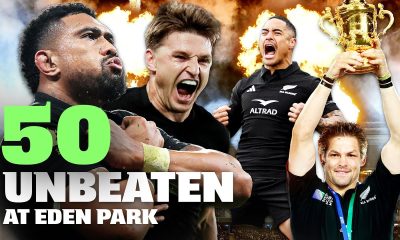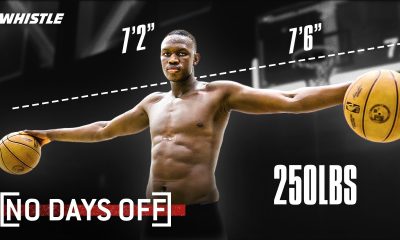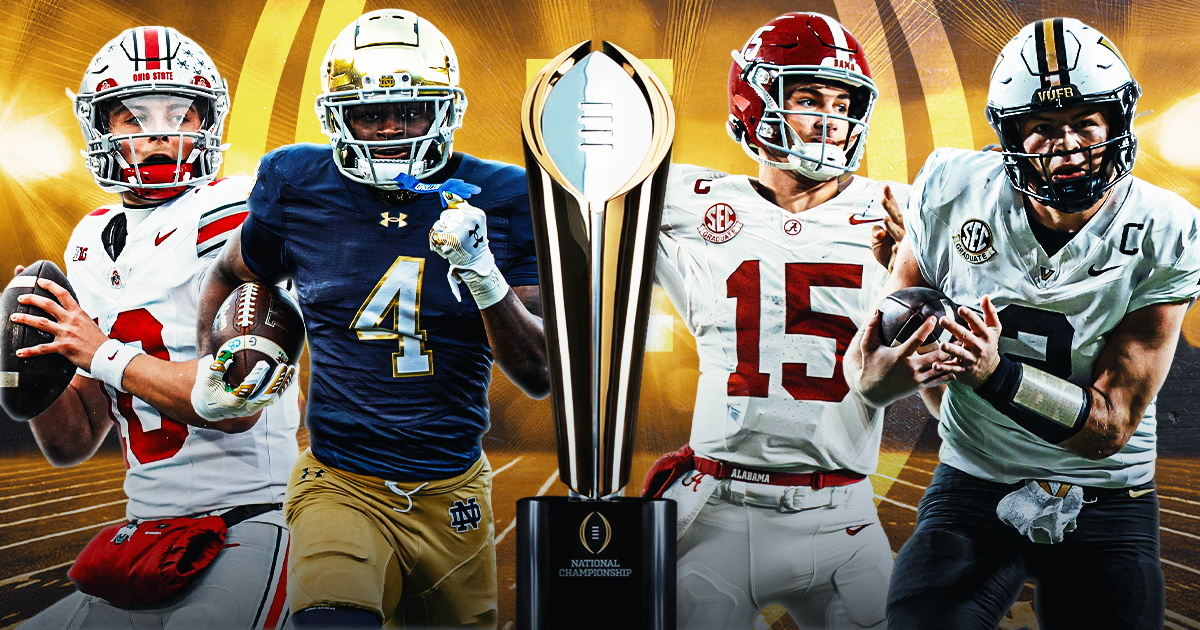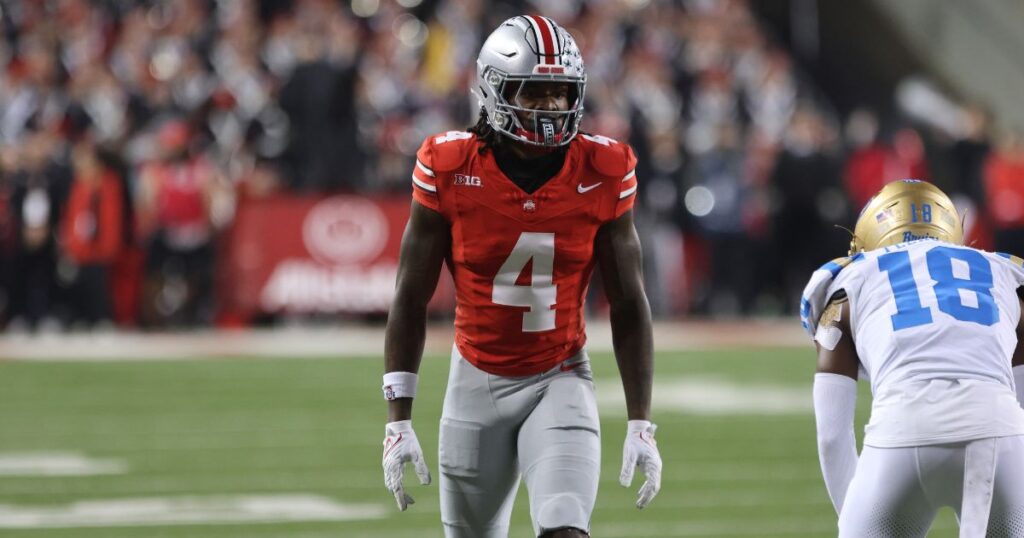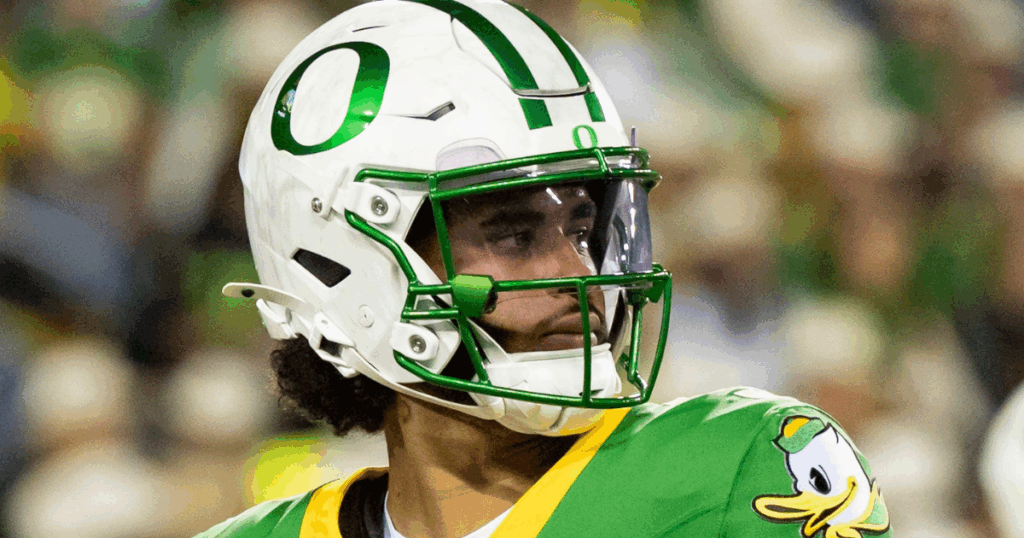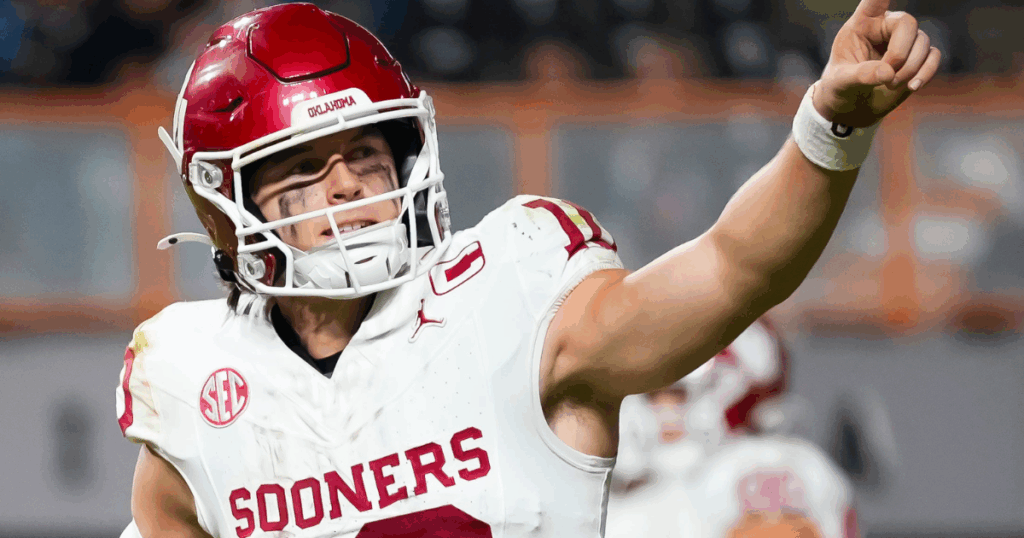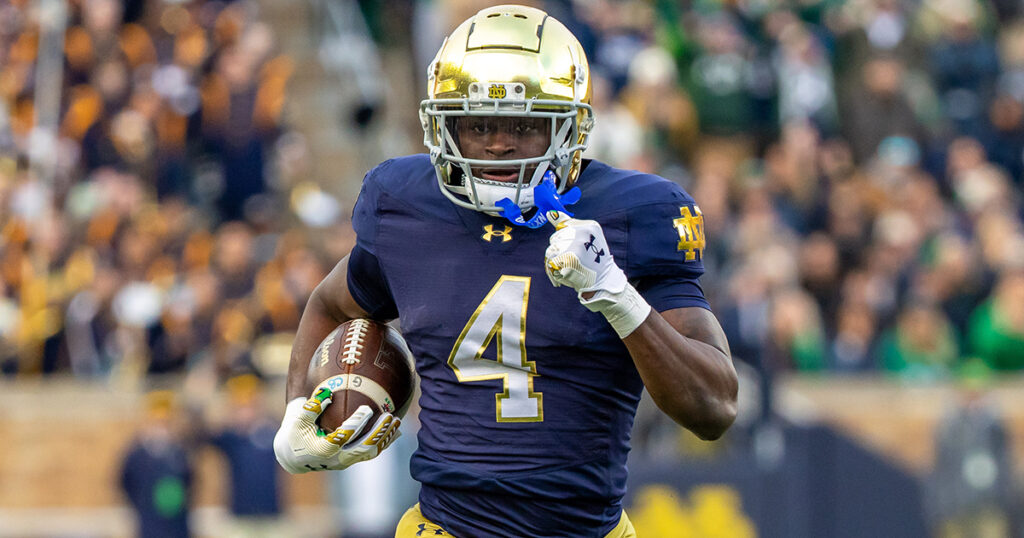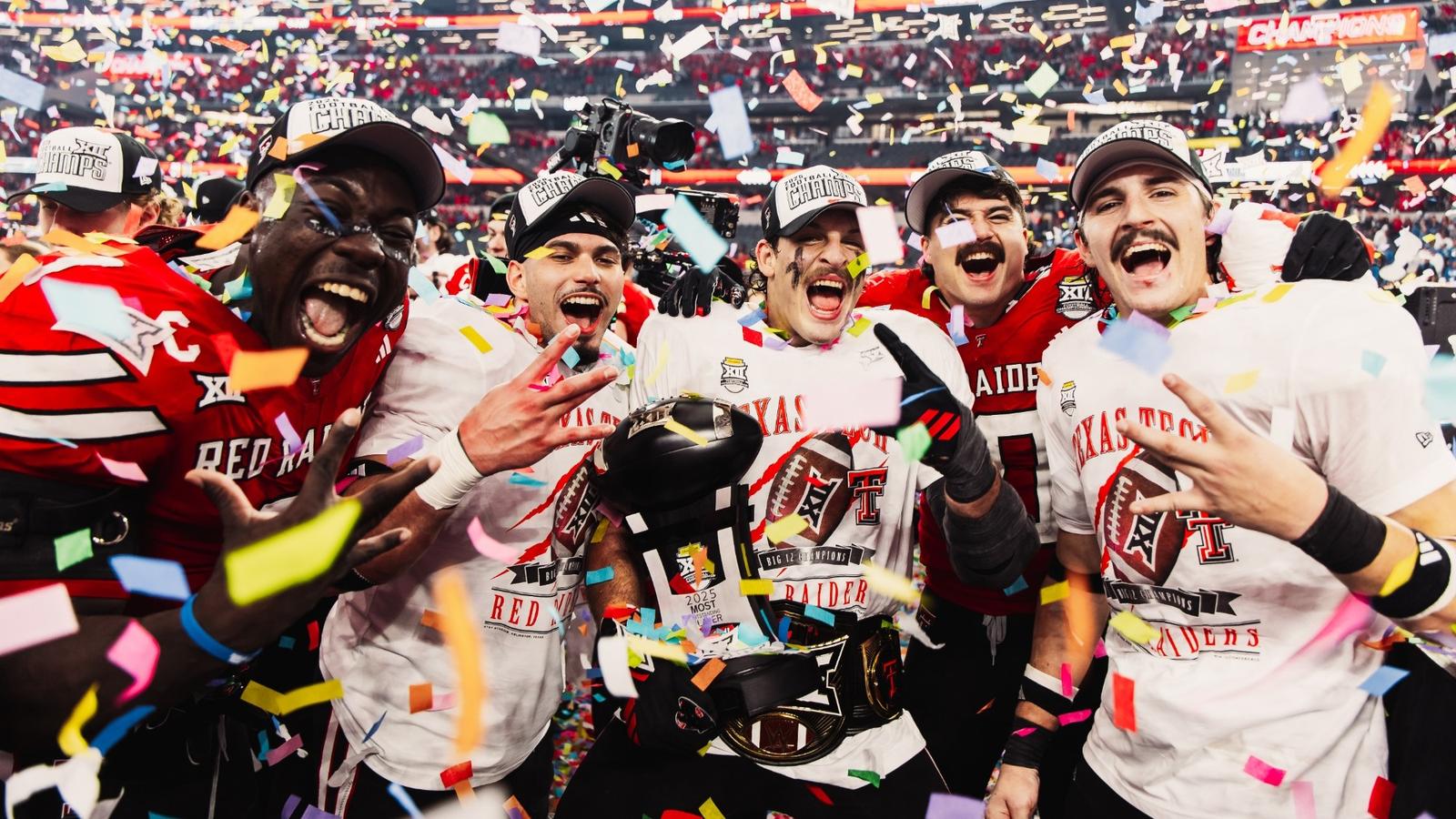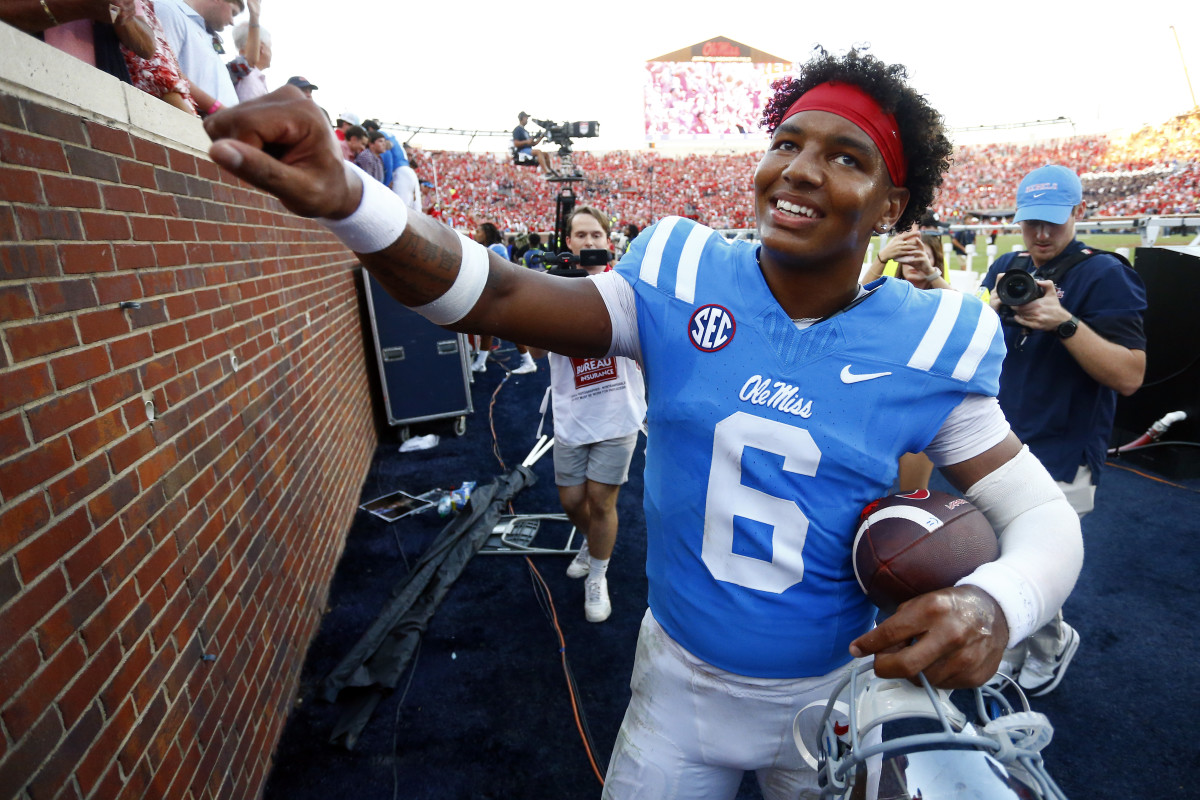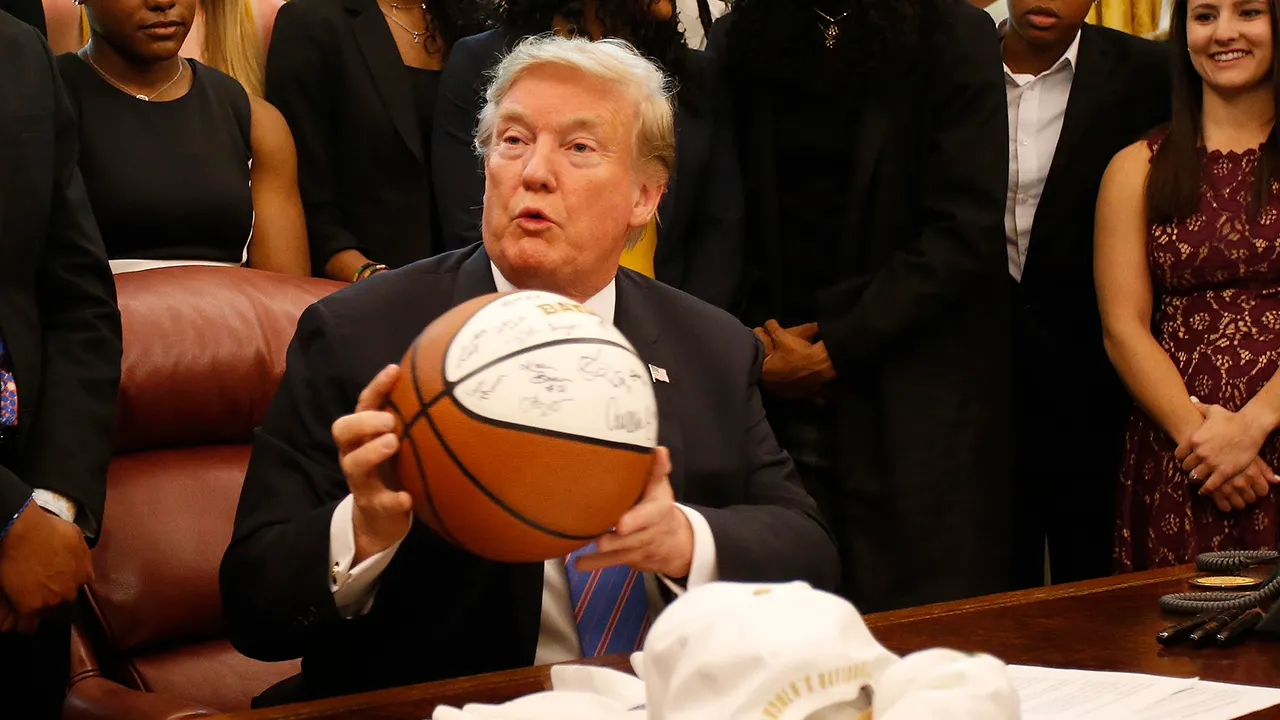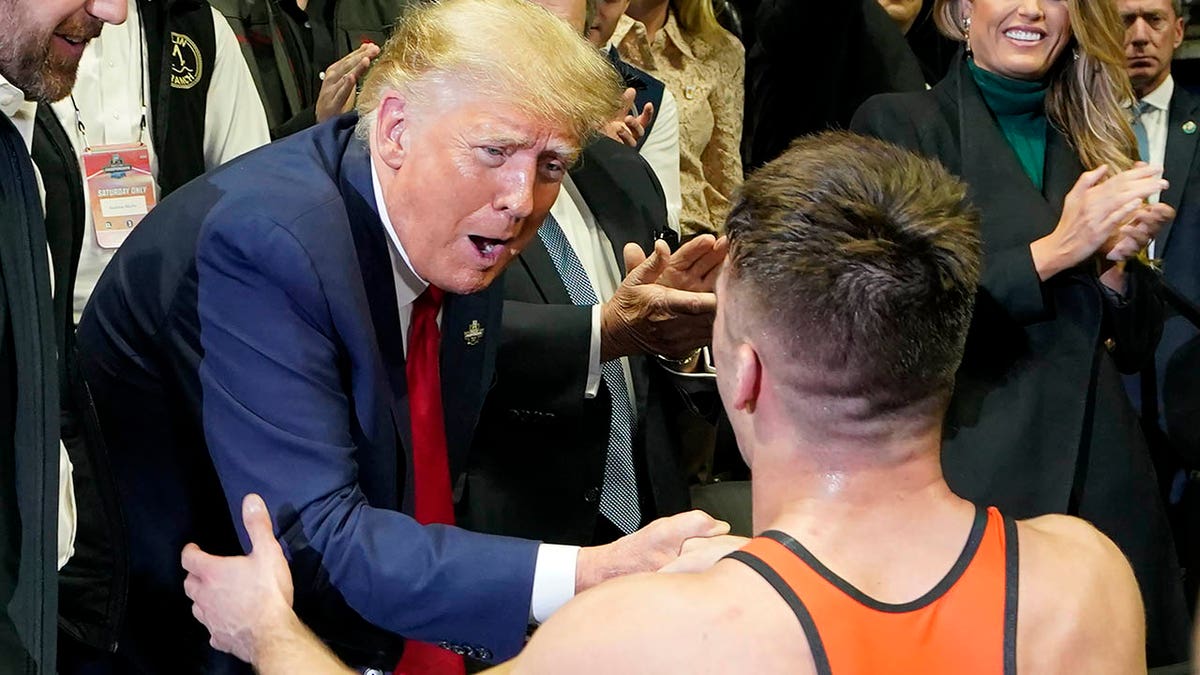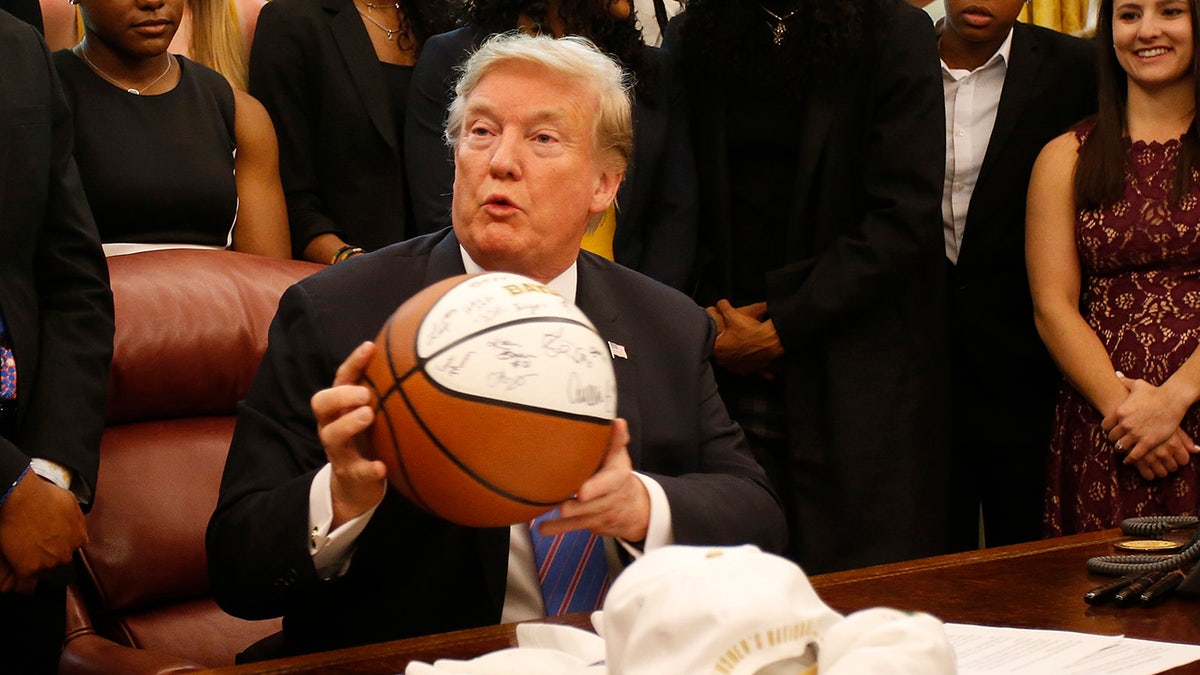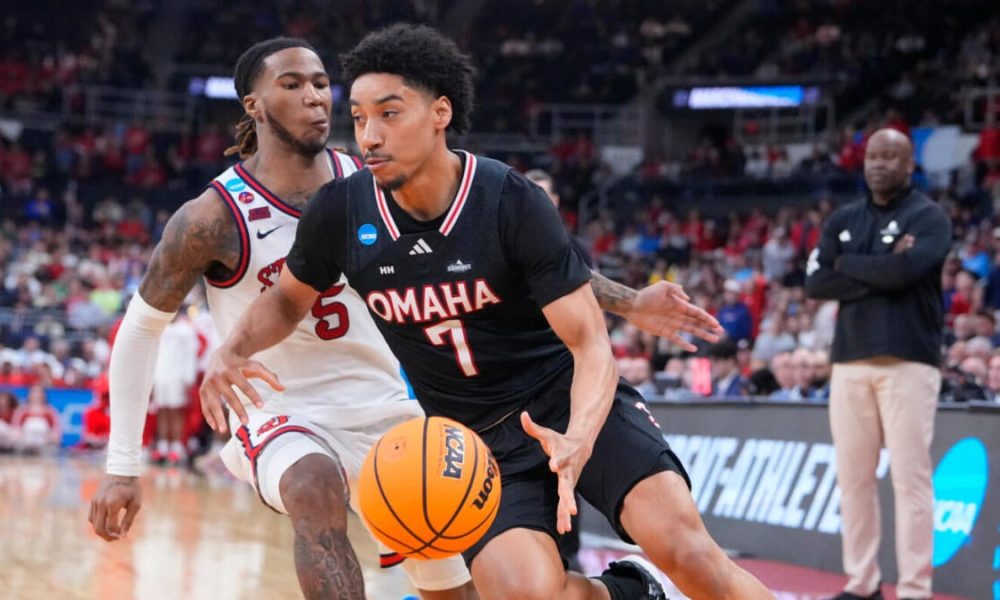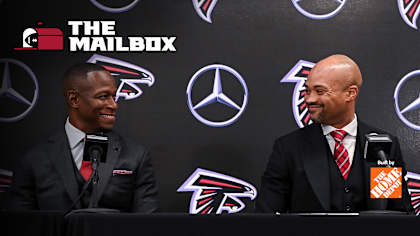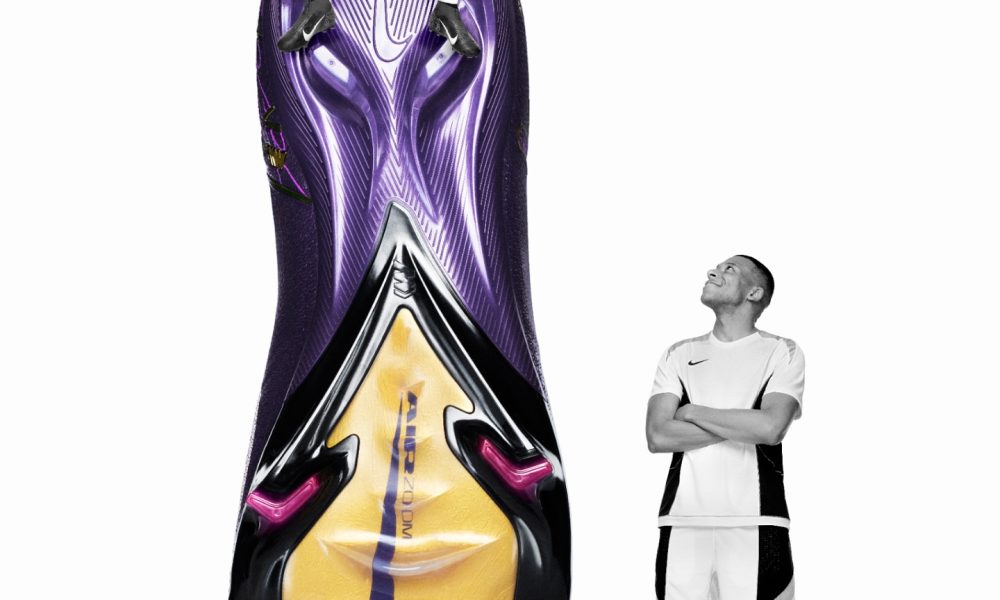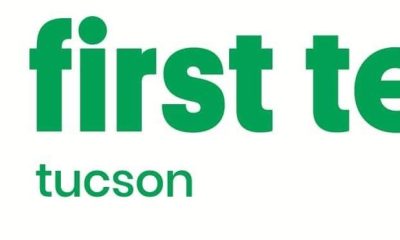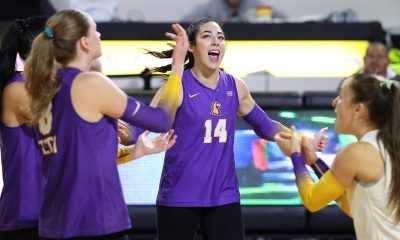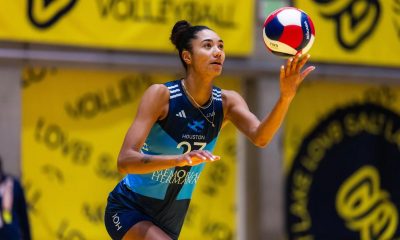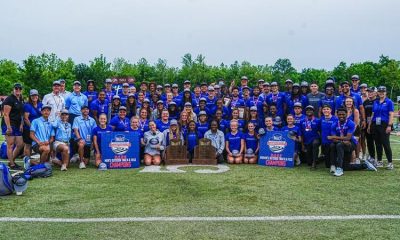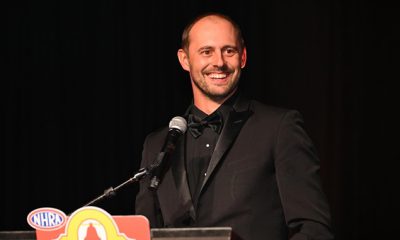The cookie man laughs when he’s informed of his new nickname in this online corner of the college football cosmos.
He laughs again when he’s informed that this same corner of the internet is crediting him entirely with altering the trajectory of one of the most will-he-won’t-he chapters of this dizzying coaching carousel cycle.
“You’re the cookie man with cookie money,” this reporter tells him.
The cookie man is Jason McGowan, CEO of Crumbl, one of the largest and most popular cookie bakery chains in America. Just as he helped stuff Penn State’s attempt to close a deal with BYU head coach Kalani Sitake earlier this week, McGowan shut down the assumptions percolating online that it was only his fiscal infusions as a BYU booster that helped keep Sitake in royal Cougar blue. In addition to himself, several powerful boosters rallied to help the BYU athletic department in its time of need.
“I don’t want to comment for anyone else or take the spotlight away with specific numbers,” McGowan said in an interview with The Athletic on Thursday night, “but we were all willing to be substantial in our help for BYU. Very substantial.”
After a 48-hour period in which it was reported that Sitake was in serious talks with Penn State to fill the program’s vacant head coaching position, the 50-year-old head coach and his alma mater eventually came to an agreement on a contract extension Tuesday evening that featured significant raises for Sitake and his assistant coaches and staff members, and deepens BYU’s pool of NIL funds.
On Tuesday morning, McGowan opened his phone and sent Sitake a text. He told him he was there to help however he could to keep him in place for the long term.
“We did put in a big offer to help,” McGowan said. “When Kalani was considering this was, one of the big things from Penn State was they were offering to help with paying their players and his staff. The most fascinating thing that people don’t know is that behind the scenes, when I reached out to Kalani, the feedback from him was, ‘I just want to take care of my players. I want to take care of my coaches and the staff.’ That’s what he cared about. Not once was there a conversation of, ‘Jason, how can you help me?’”
Exactly 24 hours before Sitake sat at a table with BYU athletic director Brian Santiago to discuss Sitake’s new long-term contract, McGowan posted on social media platform X that it was time for him to “get off the sidelines” to do everything in his power to keep Sitake. “Some people,” he wrote, “are not replaceable.”
That set in motion theories (and plenty of jokes) on social media that the cookie man with cookie money was going to work to alter the tides of such a nerve-racking negotiation. Deadspin’s headline Wednesday read: “Penn State Coaching Search Hits New Low After Crumbl Cookies Blocks Hire.”
McGowan said he’s seen coaches vilified by fan bases for leaving town for other jobs. Remember, most recently, Ole Miss fans crowded the tiny airport in Oxford, Miss., to wave goodbye in their own special way with one specific finger to Lane Kiffin after he accepted the job at rival LSU. After his post about needing to get off the sidelines, McGowan followed it up with one asking BYU fans what they loved most about Sitake.
The response has since garnered 2.3 million views and counting and has over 1,600 personal replies explaining how Sitake’s generosity impacted them. It impacted Sitake, too. In his news conference Tuesday night, he got emotional after talking about the responses shown to him by his wife, Timberly. It’s since been dubbed a “love bomb” that helped change the trajectory of Sitake’s decision.
“It’s hard to leave when you have something so special and you have amazing people that support us,” Sitake said.
McGowan credits the BYU fans for stampeding toward his post and sharing personal stories.
“Sharing why someone’s doing a good job and sharing why they might be making a difference can do so much,” McGowan said. “While others may torch their coach or go after the negatives, we want to remind them why they’re here in the first place. At the end of the day, our fans really helped pull this one out for us. This was a Hail Mary from the fans.”
Earlier this year, McGowan volunteered to pay the Big 12 Conference’s $50,000 fine for fans rushing the field after BYU beat rival Utah at home. However, when the conference didn’t levy the fine, McGowan said the money would go toward BYU’s NIL funds. He also donated nearly $100,000 to both Provo and Salt Lake City school districts to pay off student lunch debt.
McGowan credits that donation to Sitake’s love and admiration for Utah, where he spent 10 years as an assistant head coach. What he said resonated most with him when it seemed Sitake might leave for Penn State was the prospect of the school losing its most public-facing figure.
“I think that’s what was really gut-wrenching to me at the time was it’s not just, ‘Are we going to lose a coach that’s helping us win? But are we losing a coach that’s almost our identity in some ways?’” he said.
McGowan was, once upon a time, a college football “free agent.” He didn’t go to college and grew up in Canada. However, his wife got her Ph.D. from BYU, and 20 years ago, he started attending BYU games. The family lives near LaVell Edwards Stadium. He’s happy to forever be known as the cookie man with cookie money to college football fans on the internet.
“We’re a little different in Provo,” he said.






